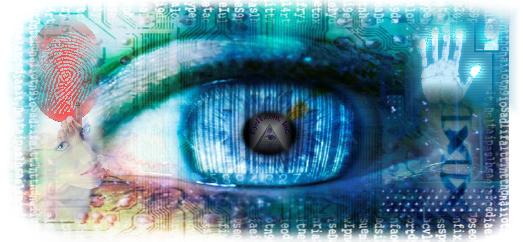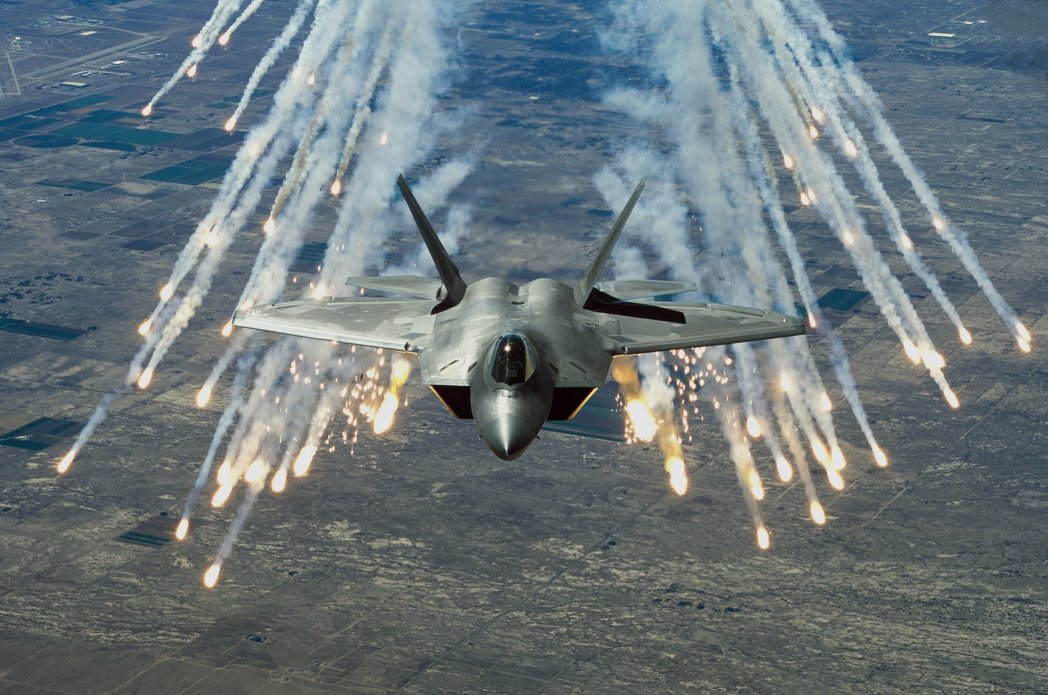
Biometrics has been a fast expanding field in the post-9/11 world, although the concept dates back over a century. The practice of finger-printing was a revolution in security and law enforcement, trumped only by successful DNA identification. We now stand at the cusp of yet another revolution in biometrics, one which hopes to codify the human condition. These ambitions were quite literally personified with the introduction of the AVATAR program in 2010. The virtually generated face and voice would question travellers while processing their heart rate, speech patterns, levels of perspiration, and even scent and gait, to determine the probability of deception and risk, and the need for secondary inspection.
In the decade following the events of September 11, Canada spent close to a $100 million more on security than it had budgeted previously; in the US that figure exceeds $1 trillion. Security has always been a reactionary field. Passengers did not remove their shoes prior to boarding a flight before the vulnerability was exploited by the Shoe bomber, and the same is true of liquids, toothpaste, and other contraband. The public came face to face with modern biometrics when Umar Farouk Abdulmtallab decided to hide a bomb in his underwear, the reaction to which became the practice of mapping the body beyond clothing via radio signals, better known as full-body scanners. Today, biometrics has been adopted by Western nations in the forms of Iris and Retina scanners, fingerprint scanners, and biometric passports.
Border security regimes, more so than anywhere, have embraced this new technology. For decades gatekeepers have been pressured to innovate, and the results have always been controversial. From Los Angeles to Tel Aviv, security emerged in the forms of racial profiling, random secondary inspections, and plain clothes officers’ psycho-analysing travellers. Vulnerabilities in such practices, as well as in traditional identification methods such as passports, are routinely exposed and exploited. Biometrics aims to eliminate the human variable in some respects, such as the personal prejudices of security staff, and introduction of it in other respects, such as replacing easily replicable forms of identification with impossible to replicate human biological signatures.
The silver lining extends beyond greater security, offering citizens more convenience and more liberty. The Transport Security Agency (TSA) became notorious for its physically invasive procedures, and minorities voiced concerns over discriminatory practices by border employees. In addition, wait times at borders became longer as each passenger and vehicle were subjected to more scrutiny, and the number of restricted items grew exponentially. Biometrics has liberalized borders in an unprecedented way. Through trusted traveller programs such as Nexus and the Western Hemisphere Travel Initiative (WHTI), and passenger pre-screening and biometric recognition, security has taken a new form.
 These programs have created empty lanes at land border crossings where those qualified face no more than a self-service kiosk. These initiatives have extended border security beyond the 49th parallel, to the virtual world, analyzing online presence and data from across government agencies to create a “data double”- a binary persona. These screening methods, when combined with corporal identifiers, create a system unimaginably complex and sophisticated. That is what makes it possible to have more security and more liberty – a dichotomy no longer relevant.
These programs have created empty lanes at land border crossings where those qualified face no more than a self-service kiosk. These initiatives have extended border security beyond the 49th parallel, to the virtual world, analyzing online presence and data from across government agencies to create a “data double”- a binary persona. These screening methods, when combined with corporal identifiers, create a system unimaginably complex and sophisticated. That is what makes it possible to have more security and more liberty – a dichotomy no longer relevant.
The mark of any great technological breakthrough is its malleability and range of application. Biometrics has crossed the Rubicon into the everyday lives of average citizens. The private sector has begun incorporating biometrics in the workplace, and the products and services they provide. Before travellers were exposed, the Canadian Air Transport Security Authority (CATSA) had internalized the technology. In compliment with previous random checks, they introduced biometric cards which contained the employees’ fingerprints. Both the card and the physical fingerprint of the employee are now examined routinely.
Canadian ports, when singled out as the most vulnerable chain in the border link after 9/11, adopted a biometric internal security system for its employees. The Halifax port was the first of such branches to adopt biometric security. Upon entering and leaving, employees must present a biometric identification card, embedded with hand vascular pattern recognition technology, as well as their physical hand, for examination. The biometric technology examines the blood flow patterns of employees, and looks for a matching pattern previously recorded on the card.
The potential of biometrics becomes apparent in the case of a Fredericton, New Brunswick high school where students can pay for meals using their fingerprint. Cashless Schools is an initiative to eliminate cash, and theft, on school grounds. The school can be seen as a microcosm, where adoption of this new technology can replace traditional card, pin, and password based financial interactions, and reduce the need for cash.
The appeal of such systems is their supposed infallibility. A card can be lost, a password can be forgotten, but a fingerprint or retina cannot be duplicated or misplaced. Furthermore, a pin or password can be stolen or hacked. What is truly revolutionary about such technology is that the user is the password. When the body is the password, an identity cannot easily be stolen. Biometric technology is now available to users of the latest iPhone, with major manufacturers announcing that their future products will contain similar features. The potential for biometrics is limited only by the imagination of innovators, and is an emerging security feature applicable to every aspect of life.




